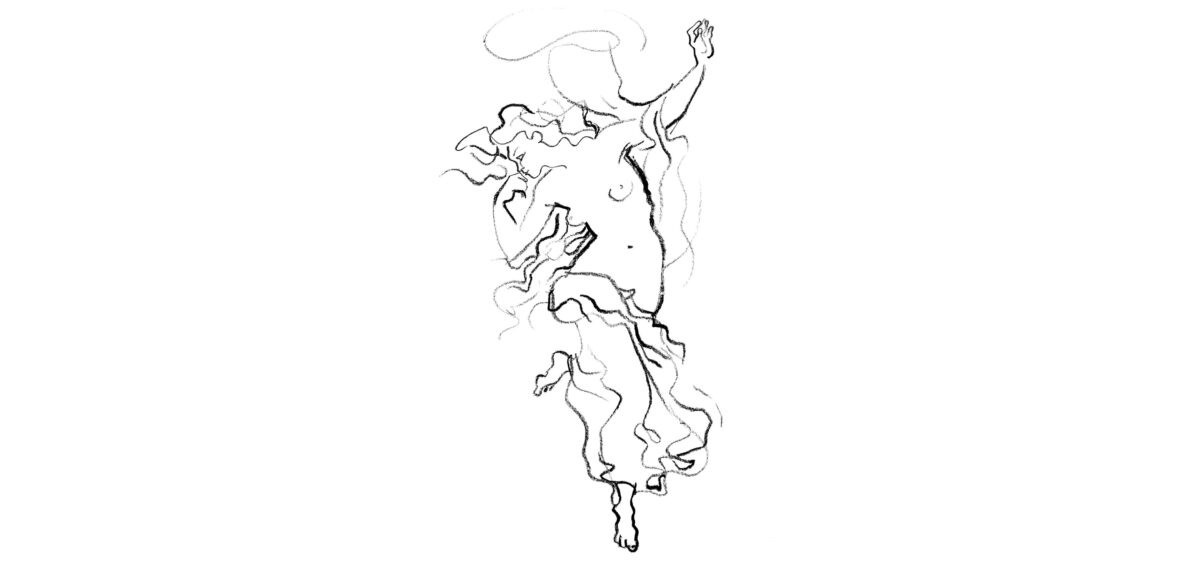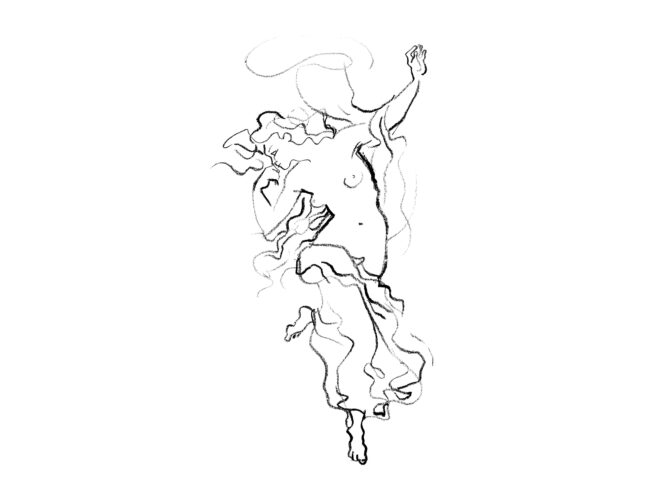
There’s no wind like that in the Antarctic—it can snatch up anything, even ocean water. Although it’s cold and sharp, it can also bring delight, laughter, and remind you that humans don’t call the shots in the world; nature does.
It was the second week of my first stay in the Antarctic. The wind was so strong that the roof of the research station would sometimes lift a few centimeters, allowing seaweed blown in from the sea to fall through the gap and into our soup. As he was enthusiastically gobbling up his dinner, my colleague—an experienced polar explorer—commented that he always wonders on which expedition the roof will finally fly away. Ten minutes later the roof was gone.
It’s windy practically everywhere on the planet’s southernmost continent. All it takes is a pressure difference to appear in the atmosphere. The pressure that is reported in weather forecasts measures the content of air in air. When it’s high, a given volume contains more air, and when it’s low there’s less. It gets windy where these two areas meet, because nature prefers things to be equal. It’s just like when two solutions are separated with a permeable membrane: they will attempt to equalize their concentrations. But winds will never settle down for good on a global scale, and atmospheric pressure will never equalize across the whole world. At any given moment, some parts of the globe are more heated than others, and warm air is lighter and less dense than cold air—it rises, creating new areas of low pressure. Of course, the mechanics of how gasses move around the








